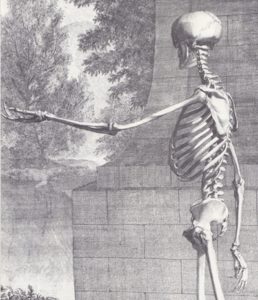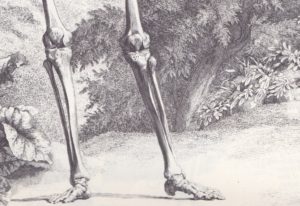Hello Friends! I’ve been so surprised at what’s emerging as I write every day to you!I may not write every day – in general, I need to take one or two days off a week, usually Saturday. But otherwise I’ll keep on going.
The key point that pops out for me so far is this: your kinesthetic or spatial intelligence is separate from your “feeling sense.” Your spatial intelligence is what creates ease in movement – it’s what you use as a pre-curser to movement. I know “effortless movement” sounds corny, because we all know that movement requires effort. But if it’s coordinated movement, where all parts of your body are working in concert with one another, you don’t feel “tension” per se because coordination = harmony in action. No part is fighting another part and preventing you from going where you want to go.
If you’ve been following along, you now have 6 points of awareness to play with:
head
tail
left knee
right knee
left elbow
right elbow
(go here for specific info about all those points)
Today, I felt that I could reach you more directly by making a video – warts and all! I hope you will make the extra click and watch it, because I talk you through my own process of applying the 6 points in that most basic of dances: going down and going up!
The material that is emerging will become part of a new workshop I hope to be offering soon, Creative Process Lab for Actors and Dancers. Stay Tuned.


